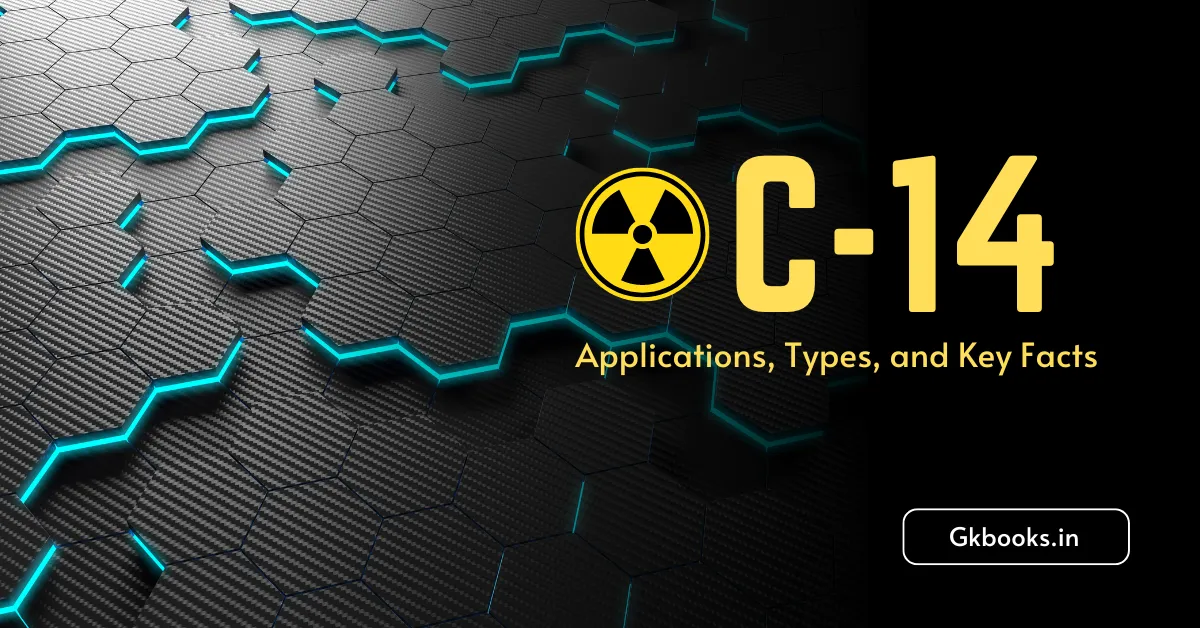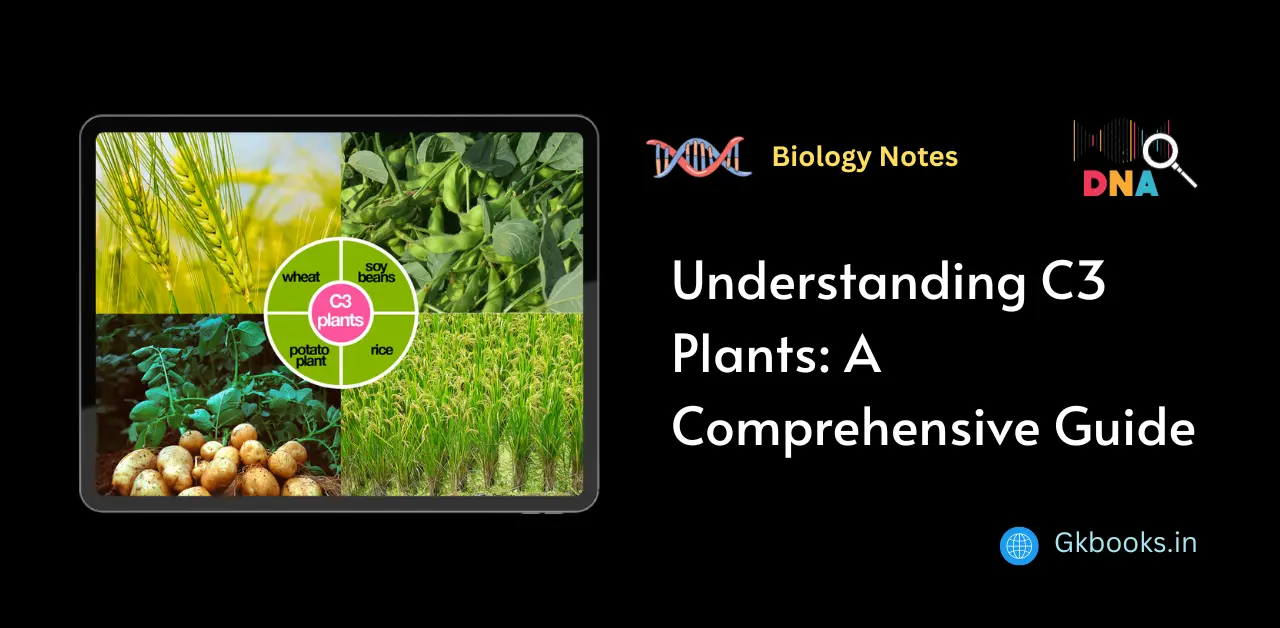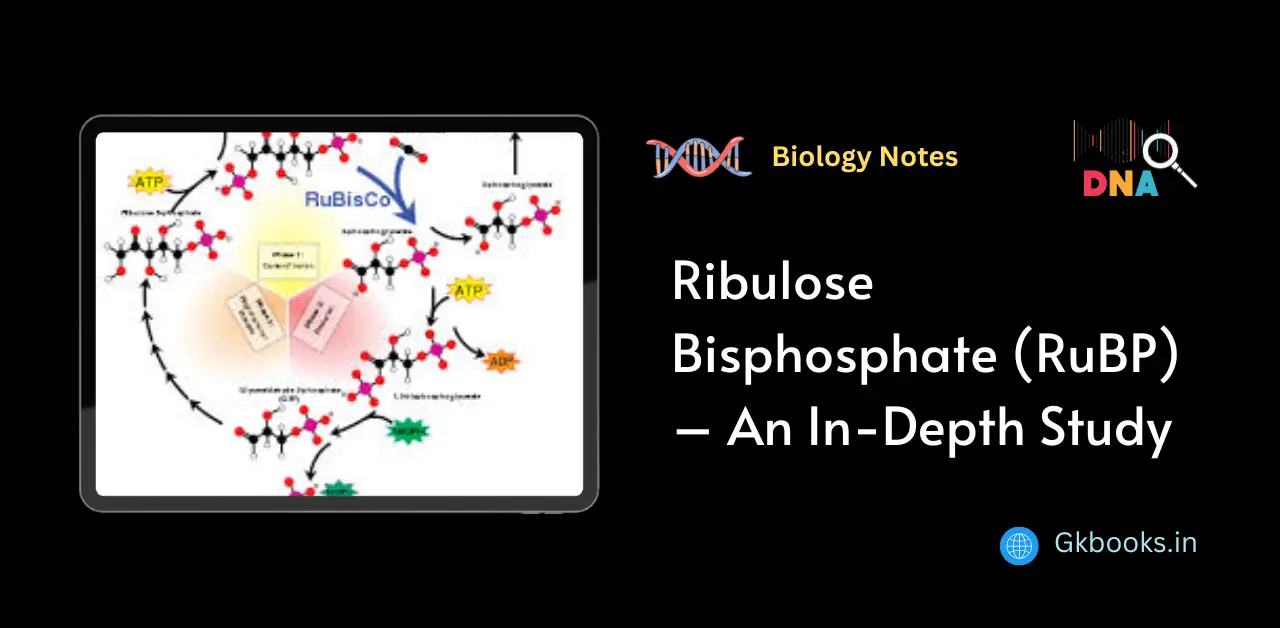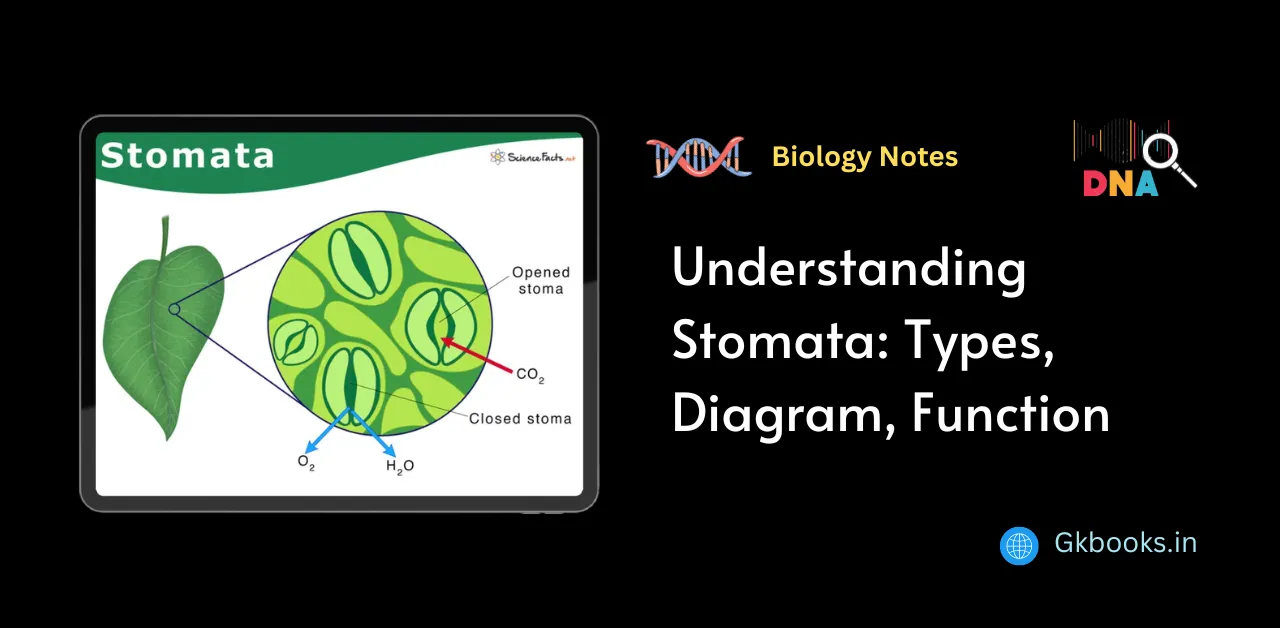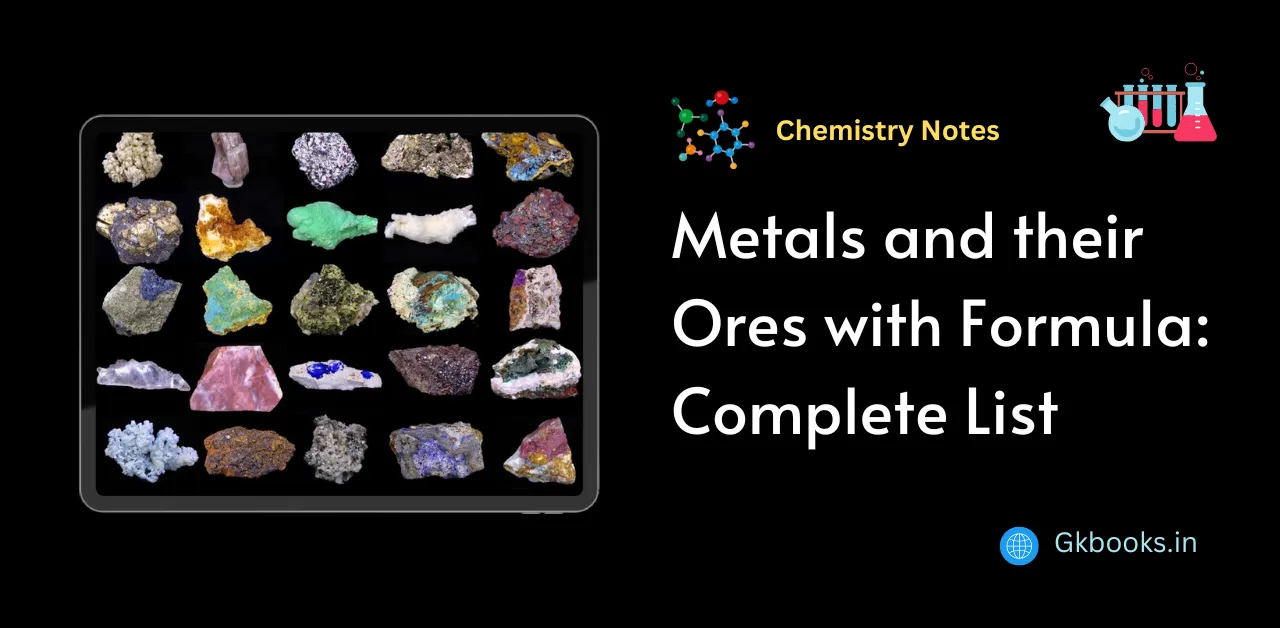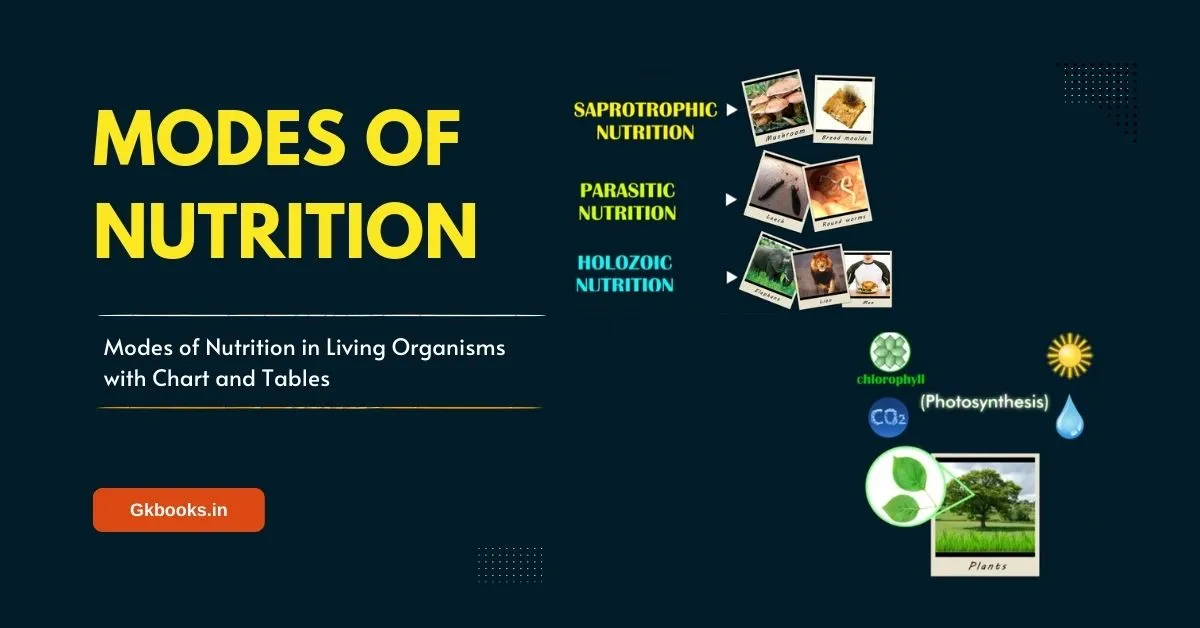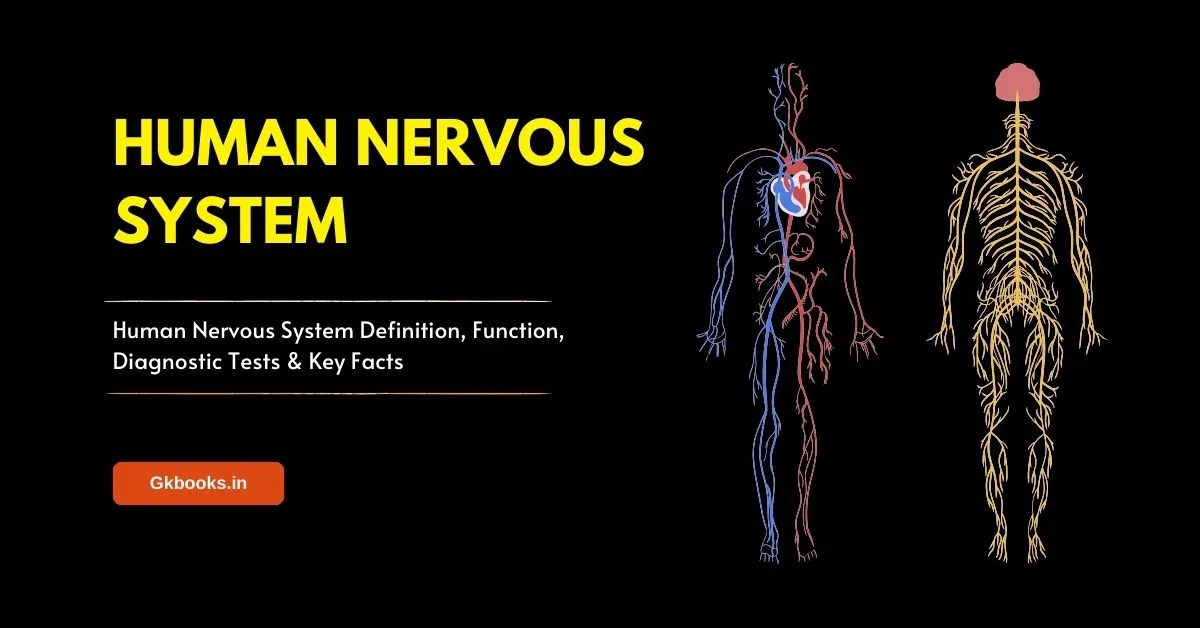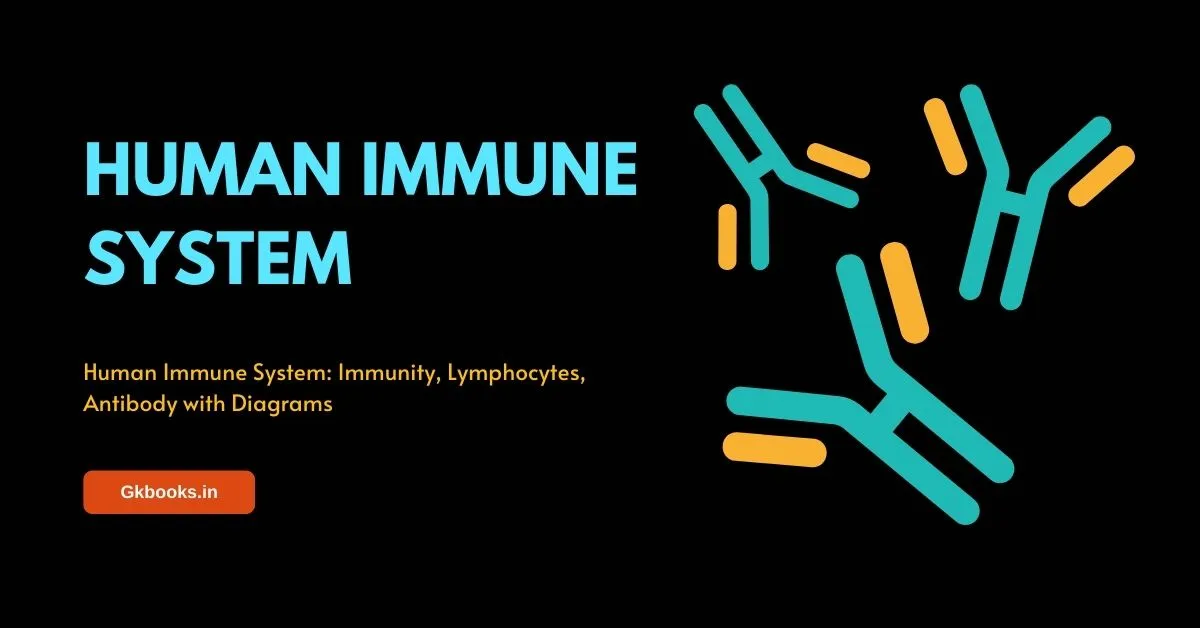Radioactive Carbon-14: Applications, Types, and Key Facts
Radioactive carbon, particularly carbon-14, is an isotope of carbon that undergoes radioactive decay. This isotope is essential in various scientific fields due to its unique properties and applications. Importance of Studying Radioactive Carbon Studying radioactive carbon, especially carbon-14 is very important for several reasons: Applications in Various Fields Radioactive carbon, especially carbon-14, has many important … Read more

